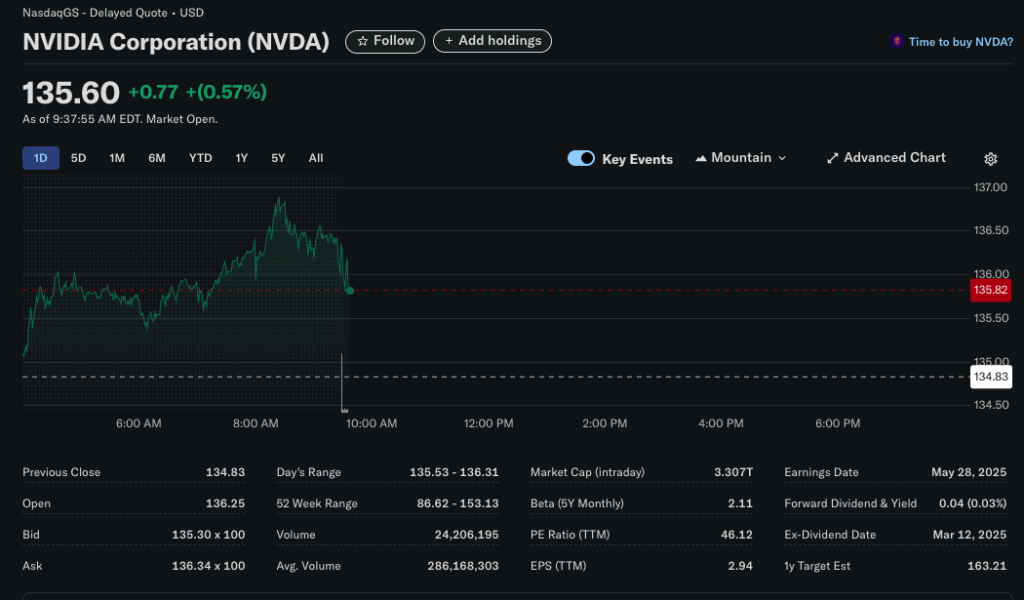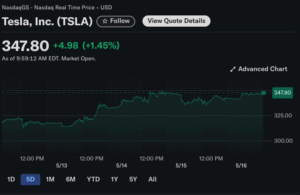According to an official press release from the U.S. Department of Commerce, the project was unveiled on May 15, 2025, at Abu Dhabi’s Qasr Al Watan, attended by UAE President Mohamed bin Zayed Al Nahyan and U.S. President Donald Trump. The AI data center campus will have a total capacity of 5 gigawatts (GW), with the first phase including a 1-GW data center spanning 10 square miles. The facility will utilize nuclear, solar, and natural gas energy to minimize carbon emissions and provide low-latency services to nearly half of the global population within a 3,200-kilometer radius.
| Details | Information |
|---|---|
| Partners | United States and UAE |
| Location | Abu Dhabi, UAE |
| Lead Developer | UAE AI firm G42, collaborating with unnamed U.S. companies |
| Total Capacity | 5 GW (Phase 1: 1 GW) |
| Energy Sources | Nuclear, solar, and natural gas |
| Service Coverage | 3,200 km radius, covering ~50% of the global population |
| Security Measures | Strict customer identification protocols; resources reserved for U.S. hyperscalers and approved clouds |
Roles of Participating Parties
The UAE’s AI company G42 is the lead developer, partnering with undisclosed U.S. firms. Previous collaborations suggest potential involvement of Microsoft, NVIDIA, Oracle, and IBM. For example, in April 2024, Microsoft invested 1.5billion in G42 and partnered on a 1.5billion in G42 and partnere dona 1 billion data center in Kenya. While specific U.S. partners remain unconfirmed as of May 16, 2025, G42’s history points to major tech players.

Energy and Environmental Impact
The hybrid energy strategy—nuclear, solar, and natural gas—aims to balance sustainability with high energy demands. Goldman Sachs projects global data center electricity consumption to surge 165% by 2030, driven largely by AI workloads. This multi-source approach aligns with global sustainability goals and may serve as a model for similar projects.
Geopolitical and Security Considerations
Announced during President Trump’s UAE visit, the project underscores deepening U.S.-UAE tech ties. U.S. Commerce Secretary Howard Lutnick emphasized “robust safeguards” to prevent technology leaks. Despite G42 severing ties with Chinese firms (e.g., removing Huawei equipment), concerns about data security and geopolitical risks persist.

The UAE has pledged $1.4 trillion in U.S. investments over the next decade and will import 500,000 advanced NVIDIA chips annually starting 202. In December 2024, the U.S. approved AI chip exports to the UAE, likely including NVIDIA products, as part of the G42 partnership.
As of May 16, 2025, the project is in its early stages, with Phase 1 construction set to begin soon. UAE President Mohamed bin Zayed stated that the campus reflects the UAE’s commitment to innovation and global AI collaboration, positioning the country as a hub for cutting-edge research. The facility is expected to expand U.S. tech influence in the Middle East and serve Global South markets.
The report by Cailian Press aligns with official U.S. and UAE announcements. The 5-GW AI data center campus, led by G42 with U.S. partners, will be the largest of its kind outside the U.S. While geopolitical and security debates may continue, the project’s energy strategy and economic scale highlight its potential to reshape global AI infrastructure.



+ There are no comments
Add yours